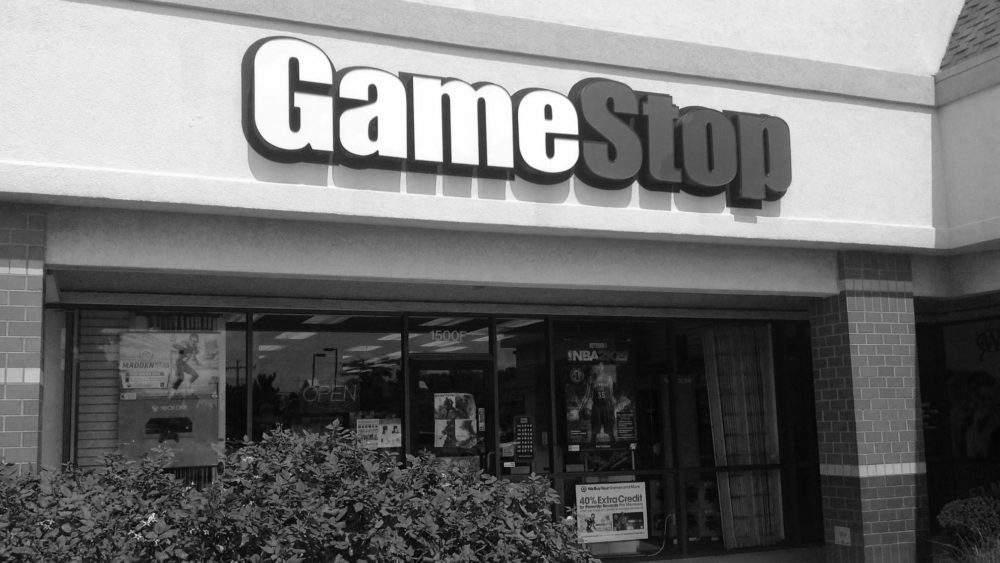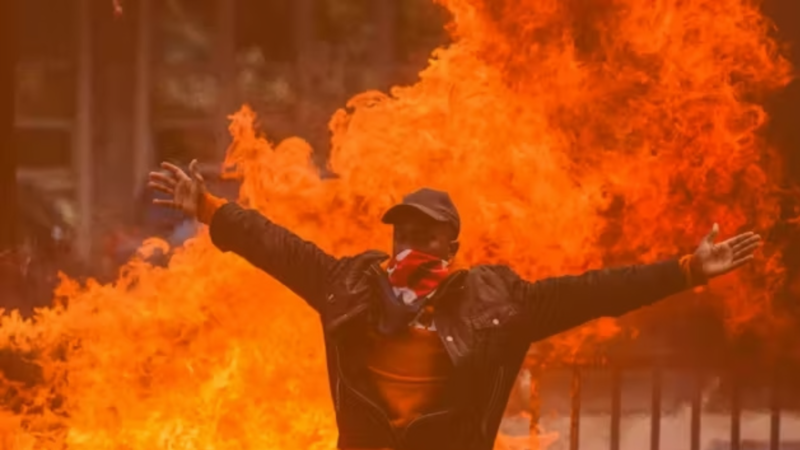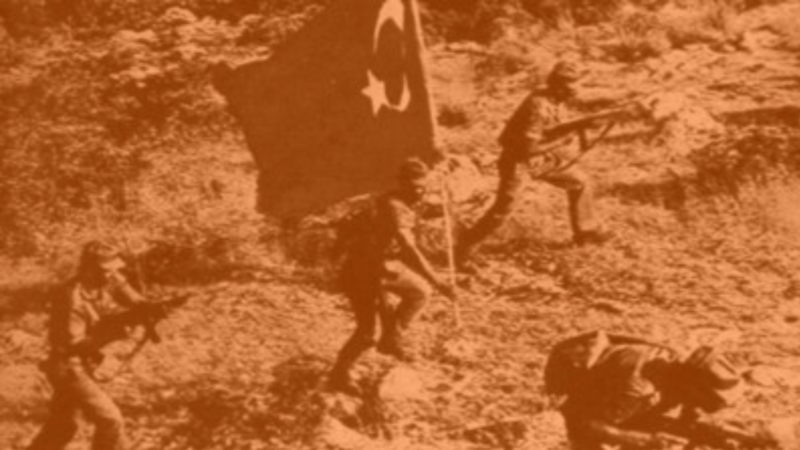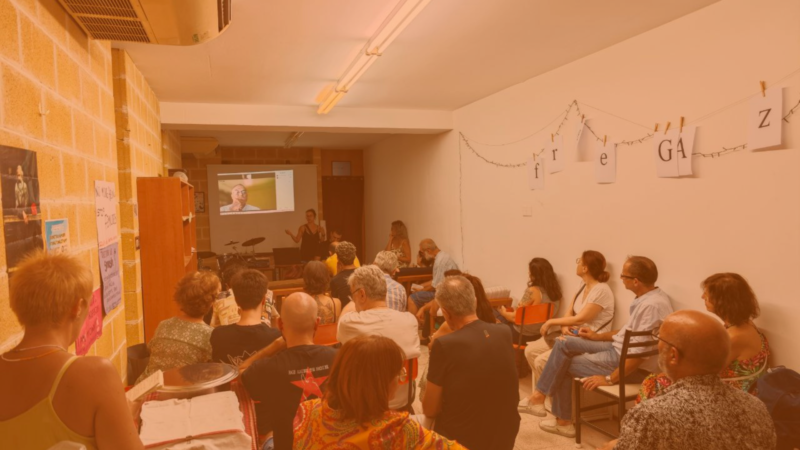You be the judge!
In my Another Now I imagined a new type of resistance movement that uses the tools of finance to bring down capitalism and create a democratic market socialist economy in its stead. I called them Crowdshorters. I received many messages suggesting that the Crowdshorters are emerging for real, with the Reddit group that supported GameStop kickstarting the movement.
Is there a smidgeon of truth in this? Judge for yourselves. Look at this Financial Times piece, or this Guardian article, and then read the following extract from Another Now. I can’t wait for your reactions…
Extract from Another Now’s Chapter 4: ‘How Capitalism Died’
…In the Other Now, the Ossify Wall Street movement, as it was known, sprang up in New York City just as Occupy Wall Street had in Our Now. However, over there it went global under the name Ossify Capitalism, or OC for short. At the time Costa had been excited by Occupy Wall Street and its various equivalents worldwide: the Indignados in Spain, who in their tens of thousands took over the plazas of the main Spanish cities; the Greek Aganaktismenoi, who made Syntagma Square their own for three joyous months in the spring of 2011; the Nuit Debut gatherings a few years later in Paris. Alas, that early promise fizzled out as fast as it materialized — especially after the surrender of the Obama administration to Wall Street in early 2009 and of the Greek leftist government to the oligarchy-without-frontiers in the summer of 2015. The great difference between the two movements was that the OC rebels recognized the futility of occupying spaces — squares, streets or buildings.
‘Capitalism does not live in space but in time and in the ebb and flow of financial transactions,’ was how Esmeralda, one of its impromptu leaders, put it. The team she led was known as the Crowdshorters. According to Kosti, it was the first group to demonstrate the vulnerability of financialized capitalism and the power of a well targeted digital rebellion. Its first success came when it took direct aim at the financial instruments of mass destruction that played such an important role in causing the 2008 global crash: collateralized debt obligations.
These CDOs were a form of synthetic debt with which Eva would have been intimately familiar, having played a part in their manufacture while at Lehman. They can be imagined as boxes in which their creator places many tiny chunks of debt: a few pounds of the mortgage owed by Jill to her local bank, a few yen owed by Toyota to a Japanese pension fund, a few euros owed by a Greek bank to a German one, a few dollars owed by the US Federal Government to JP Morgan, and so on. Each CDO was filled with countless chunks of different types of debt, each with its own risk of default and interest rate.
The great selling point of CDOs was the fiction that they were a safe bet. Since they contained so many different pieces of debt owed by such a diversity of people and organizations, buyers were told that there was no chance that more than a few of those chunks would turn sour at once. Moreover, each CDO was so complex it was impossible for any human, even its creator, to estimate its value, so there was no real limit to what it could sell for: those who created, sold and traded in CDOs simply let the market decide, and no one in the market could argue that they knew any better. They were an invention worthy of a Bond villain, the ideal snake oil: pieces of paper that were, at once, completely opaque and yet apparently safe and lucrative. The false sense of security they offered led to far higher demand — and far higher prices — than CDO creators expected. Observing bankers’ surprise at the high prices, others flocked in to place their orders, boosting prices ever higher.
With so much money being made, the bankers who had created the CDOs soon forgot their original purpose: to offload bad debt onto gullible victims. Unable to stand by as others profited from their creations, bankers like Lehman lost their faculties and began to buy back their CDOs. The more they bought, the higher the already stratospheric prices went, the greater the paper value of their stacks of CDOs, and the larger their bonuses. Delirious with their profits, the bankers borrowed mountains of money from each other to buy even more CDOs.
In short, the bankers fell headlong into their own trap. And when all of the bad debts inside those CDOs turned sour and the bottom fell out of the market in 2008, the financiers fell into a bottomless pit of their own making. As they sank, the politicians and the major central banks — the Fed, the Bank of England, the ECB and all the rest — rushed in to re-float them. That’s when Esmeralda’s Crowdshorters struck.
Techno-rebels
Esmeralda, like Eva, had worked for one of the large financial houses until just before the crash, and thus understood their inner workings well. Using her expertise, her Crowdshorters undermined the central banks’ efforts surgically and stylishly. They realized what few understood: by privatizing everything, capitalism had made itself supremely vulnerable to financial guerrilla attacks. Specifically, Esmeralda recognized that the creation of CDOs out of plain debt — a process known hubristically and ironically as securitization — afforded the perfect opportunity for a peaceful grassroots revolution.
in Croydon or small businesses in Preston was owed to some private corporation. However, the corporation had pre-sold these payments ages before to some financier. What exactly had the financier bought? The right to collect the future revenue streams from the little people. And what did the financier do with that right? Sliced it up into tiny chunks and placed them in different CDOs, which in turn were sold on to other financiers — globally!
Esmeralda and her comrades had the technical skills to unpick the contents of every CDO. Painstakingly, they wrote software that could identify precisely which chunk of debt within each CDO was owed by which household, when each chunk of a bill or a debt repayment was due, to whom it was owed, and who owned the specific CDO at every point in time. Using this vast database of information, they were then able to contact households — most of which were outraged by the bankers’ behaviour and the bailouts they were set to receive — and invite them to participate in low-cost, targeted, short-term payment strikes — or crowdshorting as Esmeralda called these campaigns.
The Crowdshorters’ pitch to residents was simple. In fact, one of the first of them — a circular sent by Esmeralda to Yorkshire residents — is now commemorated in the Other Now on a plaque that adorns the Houses of Parliament in London:
Help us bring down those profiting from your exorbitant water bill while you are struggling to put food on the table. just delay paying your water bill for two months, and don’t worry about the late payment fee. we are crowdsourcing funds to compensate you. united we stand, divided we fall!
Similar plaques are on display in the entrance to the Capitol building in Washington DC, even the Greek parliament on Syntagma Square. The uptake was breathtaking. People all over the UK, soon the world, began to take great pleasure in tracking, and heeding, the Crowdshorters’ calls. Their meticulously coordinated payment strikes caused cascades of crashes in the CDO market which spilled over into the major stock exchanges. Within three weeks, the central banks realized it would be impossible to re-float the bankers’ trillions of dollars’ worth of securitized debt while, at the same time, the privatized utilities were going bust and demanding bailouts too.
Unable to convince Congress to pump the missing trillions into Wall Street for a second and then a third time in the space of a few months, the US Federal Government had to allow Goldman Sachs, JP Morgan and the other behemoths to be wound down. The repercussions were immense. Europe’s banks, which were in a far worse state than America’s, shut up shop too. The City of London was in meltdown. Governments were forced to nationalize the failing utilities. The Fed, the European Central Bank, the Bank of England, the Bank of Japan, even the People’s Bank of China, had no alternative but to step into the void and provide citizens with bank accounts – the first stirrings of PerCap.
While they played a central role in sinking global finance, Esmeralda and her Crowdshorters could not have sparked the OC revolution on their own. Wrecking an already collapsing Wall Street was one thing; ossifying capitalism was quite another. This is where other techno-rebels came into the picture.
Recognizing pension funds as the largest shareholders in the great corporations, a band of radicalized traders working out of Mumbai’s financial centre and calling themselves Solidarity Sourcing Proxies — Solsourcers for short — decided it was time to target globalization’s most ludicrous racket. Drawing inspiration from the Crowdshorters, the Solsourcers invited people to nominate companies with the worst record of zero-hours contracts, low pay, carbon footprints, working conditions and the tendency to ‘downsize’ in order to boost their share prices. Millions of people from all over the world pitched in to name the worst offenders. Then the Solsourcers organized the mass withholding of pension contributions to the pension funds that owned shares in those companies. The mere rumour that the Solsourcers had targeted a particular pension fund turned out to be enough to send its shares crashing and to cause an exodus of worried investors from equity funds related to it. The Solsourcers eventually needed only to send to a pension fund a list of the companies it wanted it to divest from, and the fund would do so immediately, lest its incoming pension contributions dried up.
Realizing their power, the Solsourcers spread their wings globally and began to make more ambitious and highly sophisticated demands, not merely for divestment from unscrupulous employers and environment-destroying corporations, but for reforms to corporate law. Inspired by a flat management structure pioneered by a corporation based near Seattle, they managed to take the first steps towards prescribing by law the corporate model one person one share one vote.
By early 2010, the Solsourcers had been joined by another group of techno-rebels. Calling themselves Bladerunners in homage to Rick Deckard, the fictional character whose job in a famous 1982 sci-fi movie was to hunt down and kill androids, they thought of themselves as neo-Luddites, even choosing as their patron figure Lord Byron, the poet laureate of the original Luddite movement…
Photo Source: Mike Mozart on Flickr.
Do you want to be informed of DiEM25's actions? Sign up here










